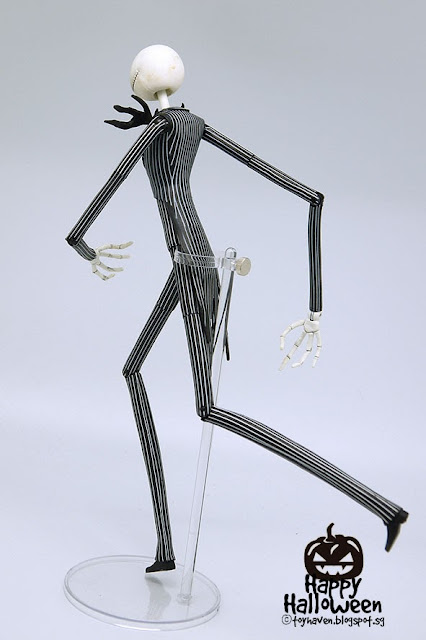Hannah -
P1. Yes, she showed and described the 3D techniques she used.
P2. No, add more sketches of her character.
P3. Yes, has just about the information and research she did.
Comments: Blog needs to be more organised
Need to upload all design work to blog.
Photos, drawings and links to information on the blog.
Jake -
P1. Yes, he included photos as evidence of his work.
P2. Yes only just as he included just the right amount of photos of his sketches.
P3. No and yes, he wrote about visual language but didn't include them in his evaluation.
Comments: Annotate images on the blog.
Not a lot of examples were used.
Used formal elements but didn't describe how he used it.
Tristan -
P1. No, he didn't include information including health and safety.
P2. No, had no evidence of his design ideas for his set.
P3. No, had no work linked to elements in 3D visual communication.
Comments: Needs to add more evidence.
Has to talk about and explain health and safety.
Needs to include information of 3D visual communication within his work.
Brad -
P1. Yes, included evidence of his life work such as his clay models.
P2. Yes, had photographs of his drawings.
P3. Yes, overall included good research.
Comments: Included a good amount of evidence and research.
Have more information on primary and secondary sources.
Cameron -
P1. Sort of, he has explained his work but hasn't included evidence.
P2. No, though he had included evidence of his 3D models.
P2. No, though he had included evidence of his 3D models.
P3. No, he hadn't included much information of 3D visual language elements.
Comments: Needs evidence of where his ideas and research came from.
Needs to add more detail and information about the elements of the work.
Needs to add more detail and information about the elements of the work.
Cora -
P1. Yes, has evidence of some ideas and research to get the ideas.
P2. Yes, photographic evidence is used.
P3. Yes, gives points of work and some research.
Comments: Needs to have evidence of original ideas.
Include primary and secondary sources.
Include more photos of drawings and sketches.
Have a complete self evaluation.
Tom -
P1. Yes, he's shown evidence of his 3D models.
P2. Yes, included evidence of his sketches including primary and secondary sources.
P3. No, didn't include or explain much about the 3D elements.
Comments: Put in more photo evidence of sketches, research used for ideas etc.
Include and explain 3D elements.
Include and explain 3D elements.
Marcin -
P1. Yes, he wrote about the health and safety.
P2. Yes, he included photos of his 3D and 2D work, step by step.
P3. Yes, though could use better photos.
Comments: Some of the health and safety is separated, so it would be best to link them of move them closer.
Needs to add more photos as evidence.
Matt -
P1. Yes. He included health and safety with some photos.
P2. Yes, he demonstrated use of materials that he showed in his photos and evaluation.
P3. Yes but he needs to add and show more visual language.
Comments: Needs to add more photos of work.
The flower included needs more information about it
Needs to be written in more detail.
Tyler -
P1. Yes, included picture evidence of her work throughout.
P2. Yes, showed plenty of information of primary and secondary sources she used.
P3. Yes, she described the visual communication elements as she also gave examples of them.
Comments: Overall work was professional and organised, using hyperlinks within work.
P1. Yes, he wrote about the health and safety.
P2. Yes, he included photos of his 3D and 2D work, step by step.
P3. Yes, though could use better photos.
Comments: Some of the health and safety is separated, so it would be best to link them of move them closer.
Needs to add more photos as evidence.
Matt -
P1. Yes. He included health and safety with some photos.
P2. Yes, he demonstrated use of materials that he showed in his photos and evaluation.
P3. Yes but he needs to add and show more visual language.
Comments: Needs to add more photos of work.
The flower included needs more information about it
Needs to be written in more detail.
Tyler -
P1. Yes, included picture evidence of her work throughout.
P2. Yes, showed plenty of information of primary and secondary sources she used.
P3. Yes, she described the visual communication elements as she also gave examples of them.
Comments: Overall work was professional and organised, using hyperlinks within work.
Self Evaluation
P1. Yes, I demonstrated the use of some 3D techniques.
P2. No
P3. Yes just about, because I didn't mention all the language techniques.
Comments: Use more pictures of my sketches as evidence of my work.
Explain and include more of the 3D elements.
The process of viewing one another's blogs helped give me a better understanding of the constructive criticism I received on my work and how I can improve. The group overall being truthful towards each other with friendly and constructive criticism.
I believe I could of explained and understood visual communication elements better, listing down the line, value, texture, shape, colour, form and space.
After seeing how some other blogs are organised, I'll try to start using hyperlinks within my work.
After seeing how some other blogs are organised, I'll try to start using hyperlinks within my work.


















